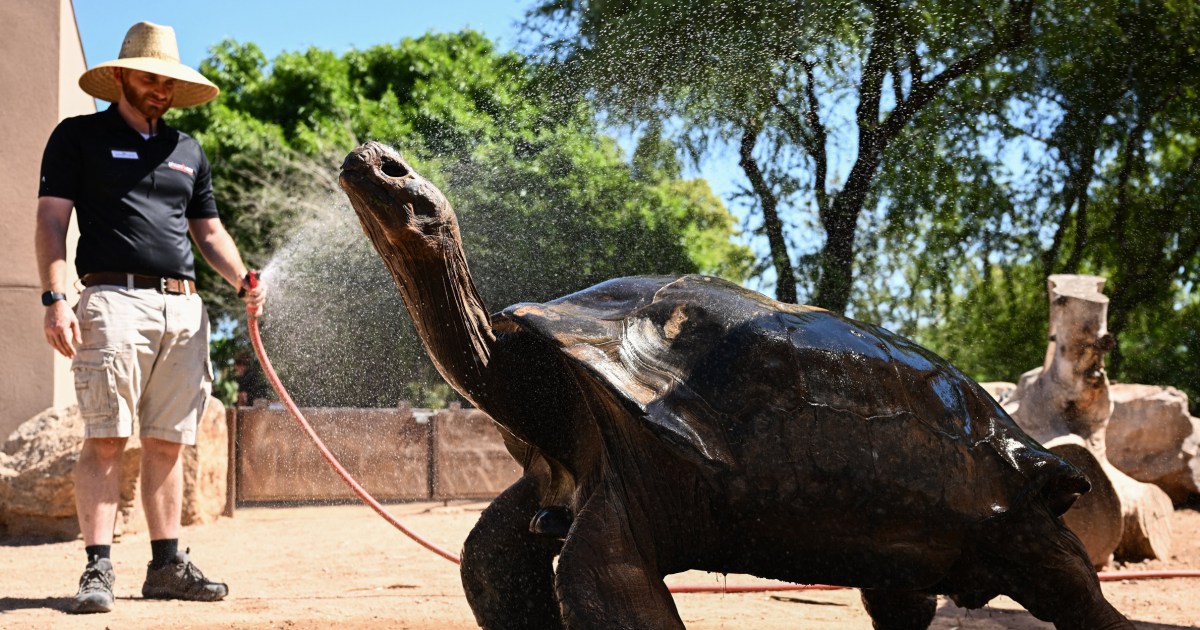Blood
Blood-sicles and misters: Zookeepers look to keep animals cool in oppressive heat
Zookeepers are particularly sensitive to these challenges, often having to care for a wide variety of animals with varying needs.
Phoenix zookeepers set careful temperature parameters and tailor heat plans for all animals under their care, Foster said. The horned rhinos, elephants and tortoises love water showers, while many of the big cats prefer a gentle misting. Zookeepers carefully monitor animals for signs of heat stress, such as panting.
Given the extreme heat, the Phoenix Zoo has also shifted its hours from 7 a.m. to 1 p.m., opting to welcome visitors during the coolest parts of the day and closing certain enclosures when necessary. The zoo has, however, stopped short of completely closing.
At the Houston Zoo, where temperatures continue to skirt 100° F, staff has maintained its opening hours. Most of the zoo’s animals come from warmer climates, but zookeepers are keeping a close eye on those that are less tolerant of heat — feeding the sea lions cold gelatin and ice and providing apes, monkeys and gorillas with climate-controlled rooms and shower pools.
“One of our gorillas in particular loves the shower pool. It kind of looks like a person sitting in a hot tub,” said Kevin Hodge, the zoo’s vice president. “It’s really cute.”
Many zoos are coping with how to adapt to a much hotter future, as global warming continues to affect the frequency and duration of heat waves. One analysis found that climate change has made extreme heat five times more likely in the Southwest.

